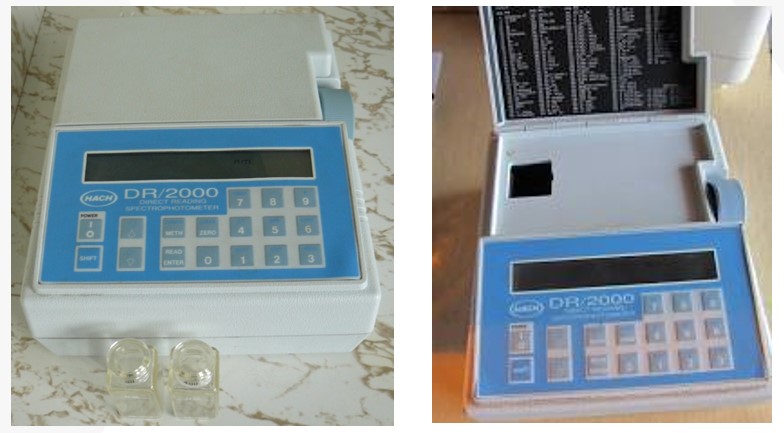Red Lake River and Red River Raw Water Quality Investigation

Zachary Ranisate
Red Lake River and Red River Raw Water Quality Investigation
The City of Grand Forks (ND) has built a new drinking-water treatment plant that treat surface water from Red River and Red Lake River by two systems. In one of the systems, conventional processes will be used. Another system consists of membrane filtration technologies, including ultrafiltration and reverse osmosis. The pretreatment of membrane filtration is a coagulation/flocculation process. However, our preliminary data show that total organic carbon (TOC) after conventional/enhanced coagulation is still greater than 3.5 mg/L that appears to be too high for membrane filtration. In addition, removal of TOC from water prior to chlorine disinfection is able to reduce the formation of cariogenic disinfection byproducts. In this project, we identified the major sources of TOC in Red River and Red Lake Rivers in order to reduce the input of TOC to the drinking-water treatment plant and mitigate the organic fouling of membranes and reduce the formation of disinfection byproducts. The results may lead to the reduction of TOC and disinfection byproducts in drinking water of this city.
Publications:
Technical Reports
Ranisate, Zachary. 2020. Red River Water Quality Investigation. A Technical Report.
Presentations:
Ranisate, Z., and Xiao, F. 2020. Red River Water Quality Investigation. ND EPSCoR Annual State Conference, April 2020. The conference was unfortunately cancelled due to COVID-19 concerns.
Achievements and Awards:
The University of North Dakota conducted an 18-month investigation of water quality for the City of Grand Forks. The overall goal of this project was to evaluate and potentially reduce the input of total organic carbon (TOC) to the Grand Forks water treatment plant in order to mitigate organic fouling of the membrane filtration system. There were a variety of parameters that were measured through the research process. River samples were analyzed for the following physical parameters: temperature, turbidity, and total dissolved solids. Furthermore, the river samples were analyzed for the following chemical properties: pH, TOC, phosphate (PO43-), ammonia (NH4+). Our results show a strong correlation between Trihalomethane Formation Potential (THMFP) and DOC removal in term of efficiency. The Red River presents more of an issue in the removal of these unknown organics as the pretreated values are higher than that of the Red Lake River. The Removal efficiency in the Red River is far less than that of the Red Lake River and generates more THMFP.


Feng "Frank" Xiao
Civil Engineering
Office: Upson II Room 260K
243 Centennial Drive Stop 8115
Grand Forks, ND 58202-8115
Telephone: 701-777-5150
Email: feng.xiao@UND.edu


